
The Best Leg Exercises for Runners: Single-Leg Moves to Enhance Strength and Endurance
Published on September 10 by Matt
Running is a powerful full-body workout, but to truly excel and fend off fatigue, focusing on leg strength and stability is crucial. Single-leg exercises are particularly effective for runners as they help build balanced strength, improve stability, and enhance overall running performance. Here’s a guide to the best single-leg leg exercises that can elevate your running game.
1. Single-Leg Squats
How to Do It:
- Stand on one leg with your other leg slightly extended forward.
- Lower your body by bending your standing knee, keeping your torso upright and hips back.
- Go as low as you can while maintaining balance, then push through your heel to return to the starting position.

Benefits: Single-leg squats strengthen your quadriceps, hamstrings, and glutes while also improving balance and stability. They mimic the running motion and help correct muscle imbalances.
2. Bulgarian Split Squats
How to Do It:
- Stand a few feet in front of a bench or elevated surface. Place one foot on the bench behind you.
- Lower your body by bending your front knee until your thigh is parallel to the ground.
- Push through your front heel to return to the starting position.
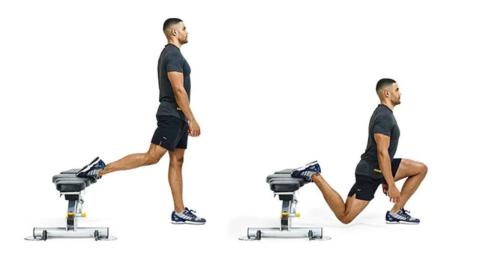
Benefits: This exercise targets the quadriceps, hamstrings, and glutes while enhancing hip stability and balance. It’s excellent for improving strength in the muscles used during running.
3. Single-Leg Deadlifts
How to Do It:
- Stand on one leg with a slight bend in your knee and your other leg extended behind you.
- Hinge at your hips and lower your torso towards the ground while lifting your extended leg behind you.
- Keep your back flat and return to the starting position by engaging your glutes and hamstrings.
Benefits: Single-leg deadlifts improve hamstring strength, glute activation, and core stability. They also enhance proprioception and balance, which are vital for injury prevention.
4. Single-Leg Glute Bridges
How to Do It:
- Lie on your back with one knee bent and foot flat on the ground, and the other leg extended straight.
- Lift your hips towards the ceiling by pressing through your bent leg and squeezing your glutes.
- Lower your hips back to the ground with control.
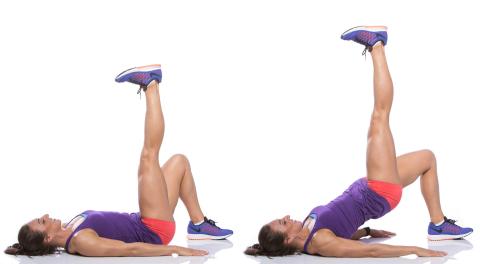
Benefits: This exercise isolates and strengthens the glutes and hamstrings while enhancing hip stability. It also helps correct muscle imbalances and supports proper running form.
5. Single-Leg Calf Raises
How to Do It:
- Stand on one leg with your heel hanging off the edge of a step or platform.
- Push through the ball of your foot to lift your heel as high as possible.
- Lower your heel back down below the level of the step for a full range of motion.
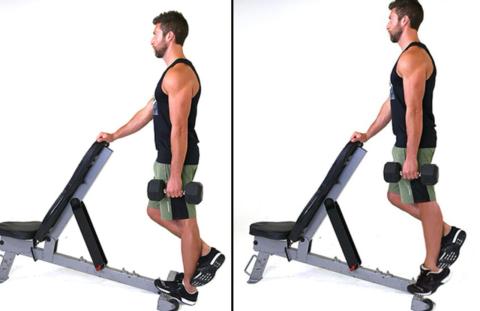
Benefits: Single-leg calf raises build strength in the calf muscles and improve ankle stability. Strong calves are essential for shock absorption and propulsion during running.
6. Single-Leg Box Jumps
How to Do It:
- Stand on one leg in front of a sturdy box or platform.
- Bend your knee slightly and use your leg muscles to jump onto the box.
- Land softly on the box with a slight bend in your knee and return to the starting position.
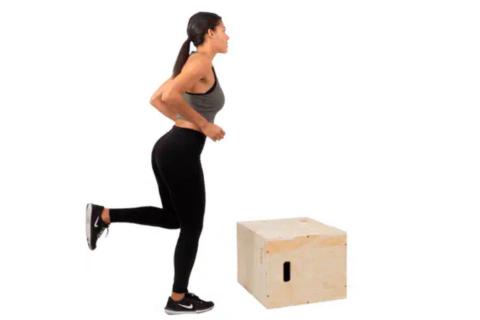
Benefits: Single-leg box jumps enhance explosive power, coordination, and balance. They mimic the plyometric nature of running and help improve overall agility and strength.
7. Lateral Step-Ups
How to Do It:
- Stand beside a bench or step with one foot on the step and the other foot on the ground.
- Step up onto the bench with your leading leg, bringing your trailing leg up to meet it.
- Step back down and repeat on the same leg before switching sides.
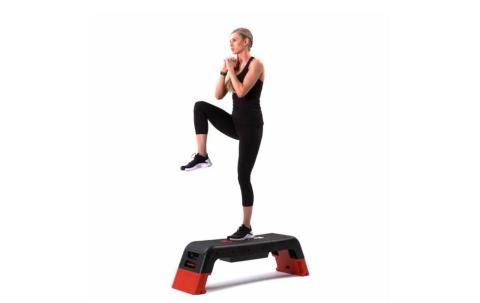
Benefits: This exercise targets the outer thigh muscles and improves lateral stability and strength. It’s beneficial for addressing muscle imbalances and improving running efficiency.
Incorporating Single-Leg Exercises into Your Routine
Frequency and Reps: Aim to include single-leg exercises in your strength training routine 2-3 times a week. Perform 2-3 sets of 8-12 reps for each exercise, depending on your fitness level and goals.
Progression: Start with bodyweight exercises and gradually add weights or resistance as you build strength. Focus on proper form to maximize benefits and reduce the risk of injury.
Recovery: Allow adequate recovery time between sessions to let your muscles repair and strengthen. Incorporate stretching and foam rolling to aid in muscle recovery and flexibility.
Single-leg exercises are a powerful tool for enhancing running performance, improving stability, and preventing injuries. By incorporating these moves into your training routine, you’ll develop the strength and balance needed to run stronger and fight off fatigue. Embrace these exercises, stay consistent, and watch your running prowess soar to new heights.